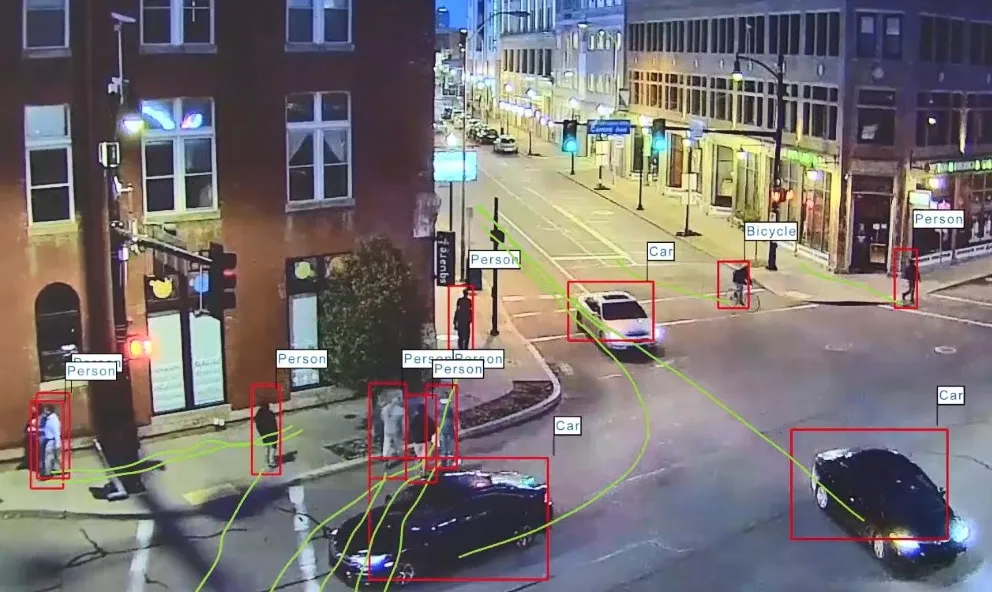
Siemens Mobility has partnered with Austrian public roads operator Asfinag to provide technology for a cooperative ITS (C-ITS) system along 2,200 km of highways and expressways in Austria.
C-ITS uses broadcast technology to analyse roadway conditions and disseminate information to motorists relating to traffic jams, accidents and lane closures.
Asfinag has initiated a process to install up to 525 Siemens roadside units (RSUs) along Austria’s highways as well as establish a control centre.
The first C-ITS services that will provide hazard warning services are expected to go into operation within the next 16 months.
With further expansion, the services will then support autonomous vehicles and networked traffic management.
Siemens says its technology will facilitate Infrastructure to Vehicle (I2V) and Vehicle to Infrastructure (V2I) connection, creating the necessary conditions for the installation of C-ITS.
Markus Schlitt, CEO of Siemens Mobility intelligent traffic systems, says: “We believe intelligent communication and technologies that connect vehicles of all kinds with smart infrastructure helps cities - or in this case highway authorities - manage their mobility and improve quality of life, by significantly reducing congestion, accidents and emissions.”
Asfinag managing director Bernd Datler says: “Direct short-range communication ensures that we reach vehicles immediately and independent from other networks.”
Specifically, the Siemens cooperative management system (CMS) and RSU work together to link vehicles with infrastructure and traffic management centres through an ITS-G5 connection.
This broadcast technology provides a secure communication between vehicles and the road.
The vehicle’s onboard unit (OBU) reports its current position, speed and direction of travel. The RSU collects this information and communicates it to the CMS.
The CMS is expected to monitor all RSUs and utilise the received information to manage traffic in real time.
According to Siemens, the CMS can send messages to road users via RSUs to provide alerts on hazards and the latest traffic information.
The bidirectional information exchange between RSUs and OBUs is protected by a C-ITS specific public key infrastructure, which Siemens insists ensures a high level of security and privacy.









